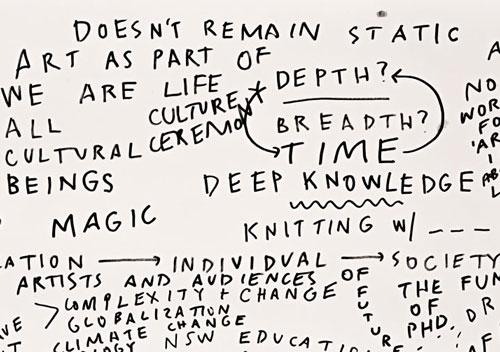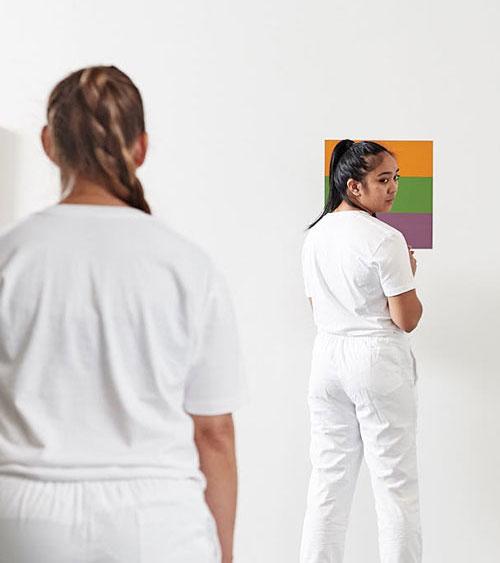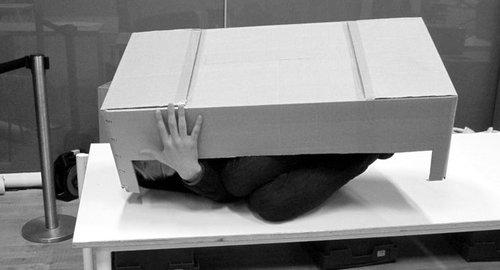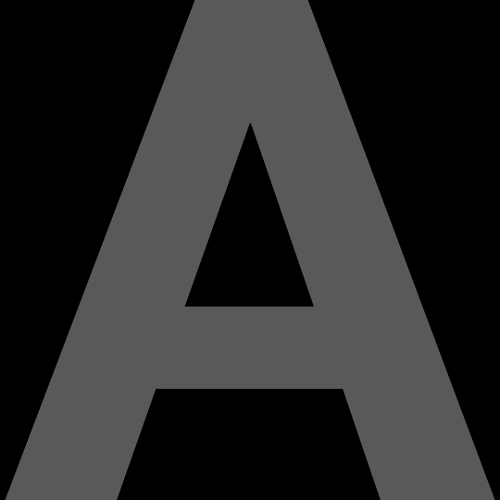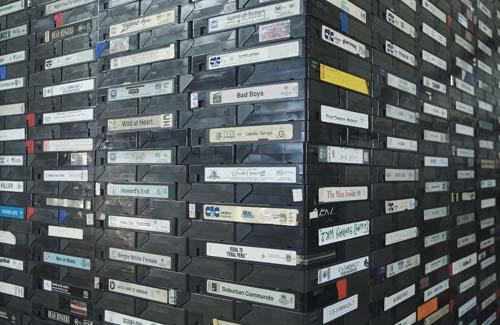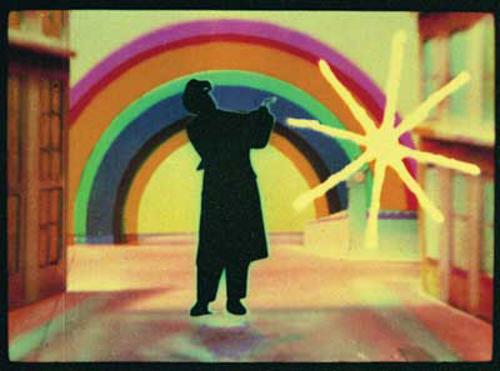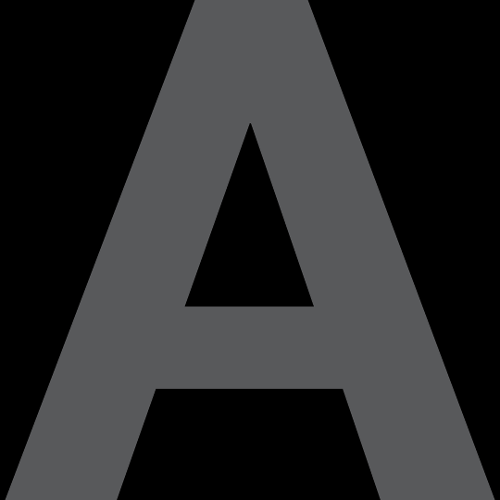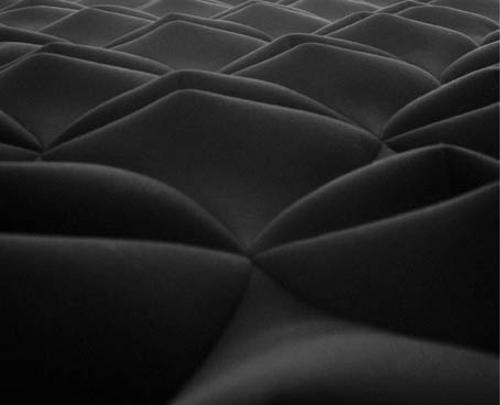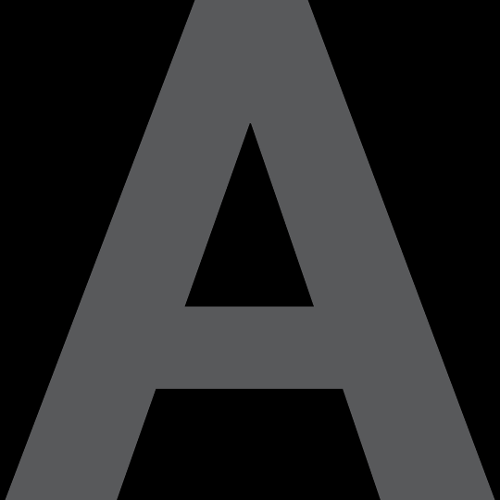Search
You searched for contributors, issues and articles tagged with Education ...
Contributors
Issues
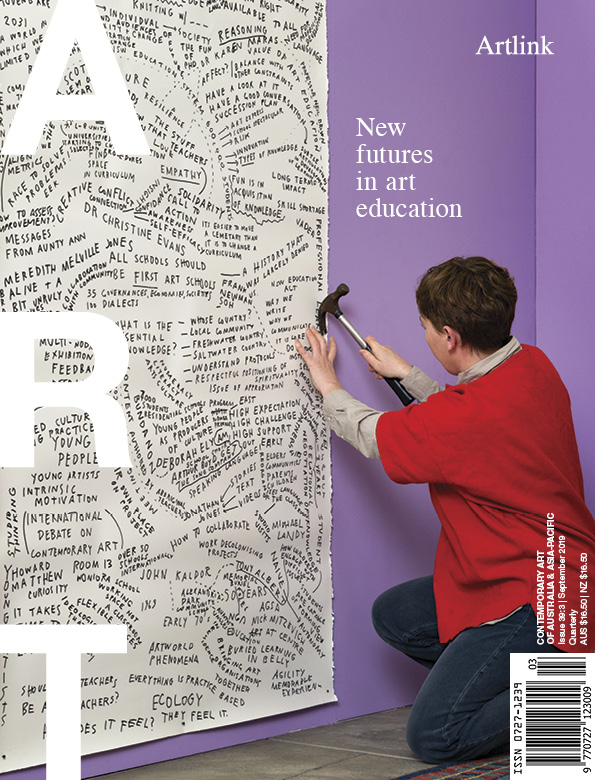
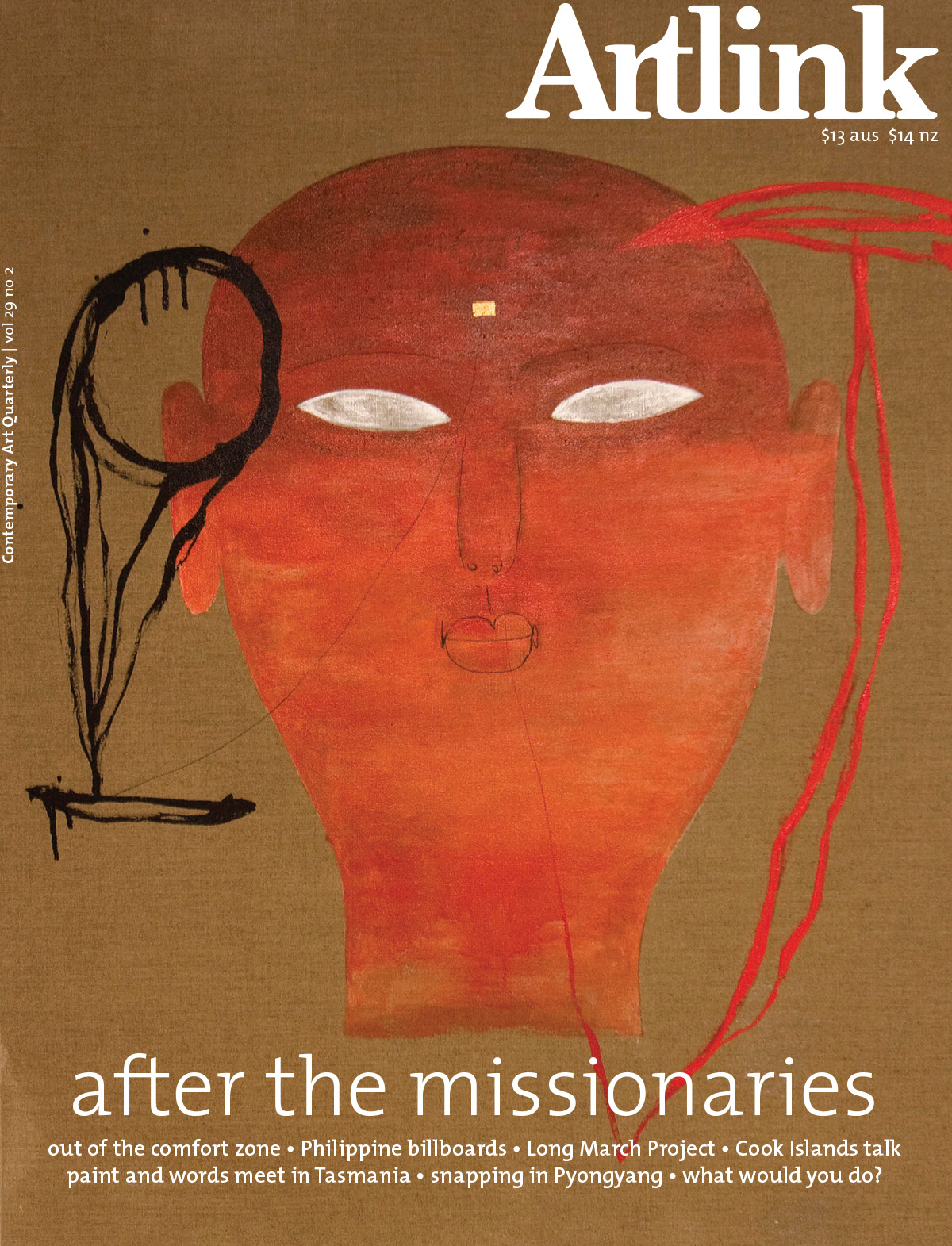
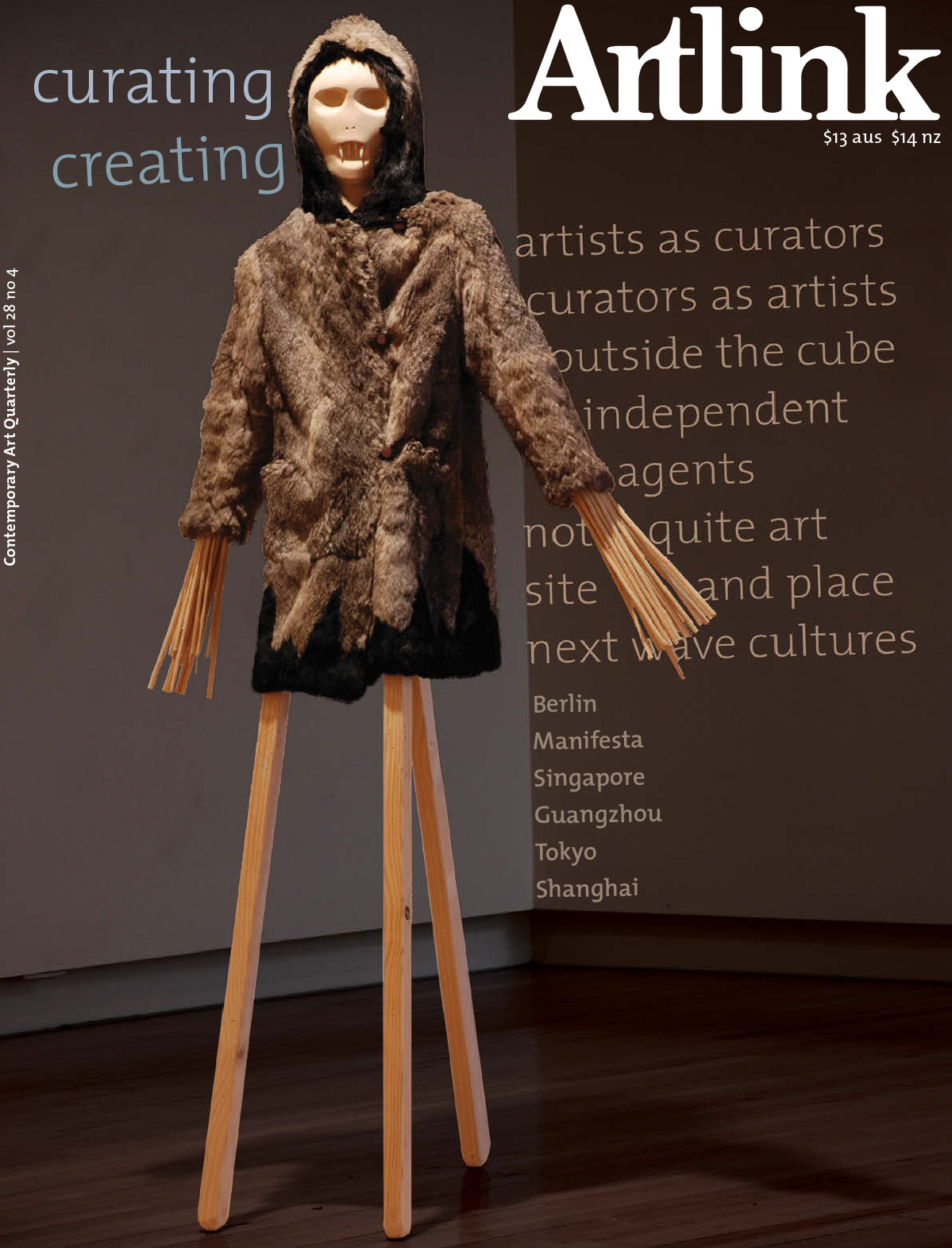
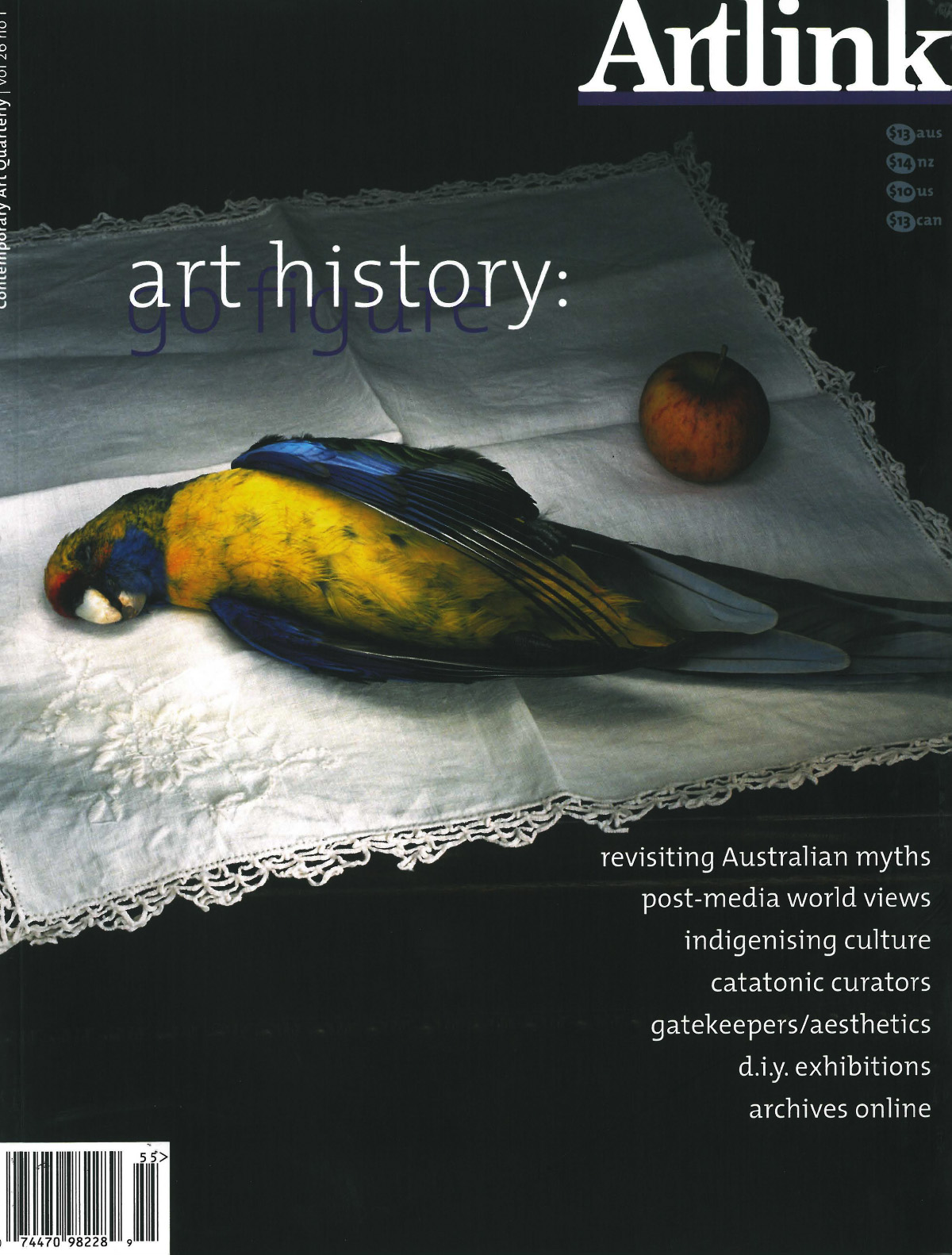
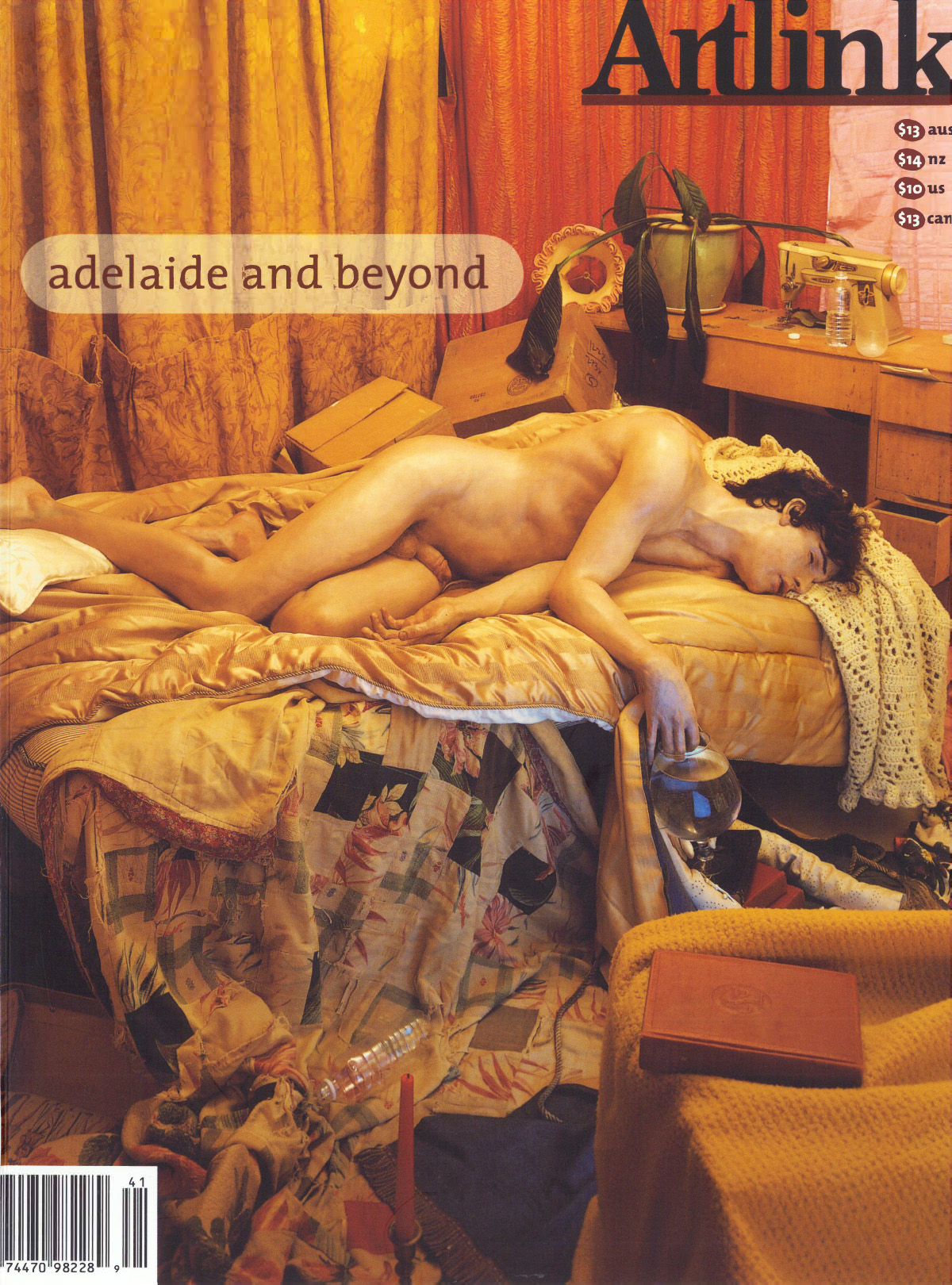
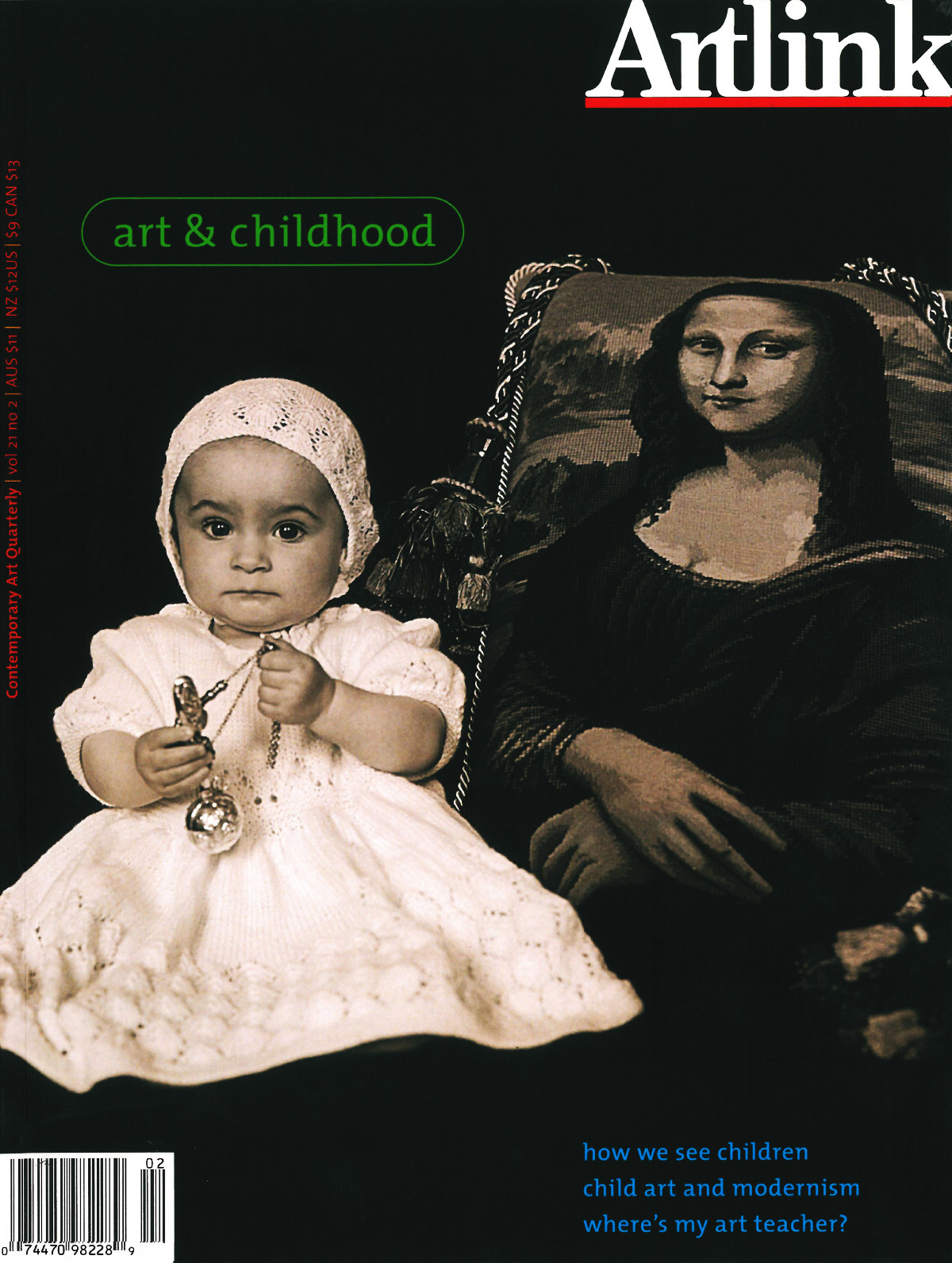
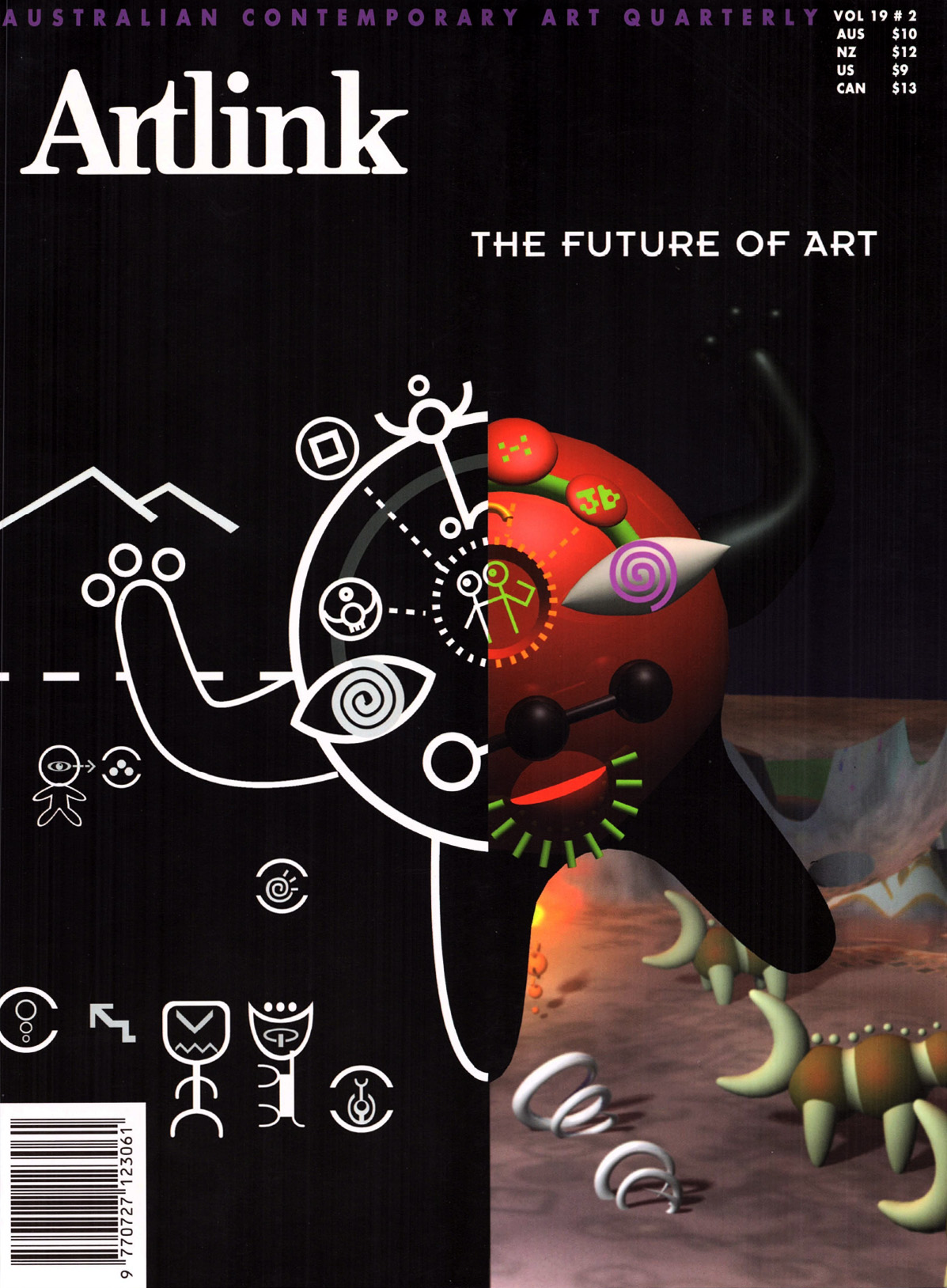
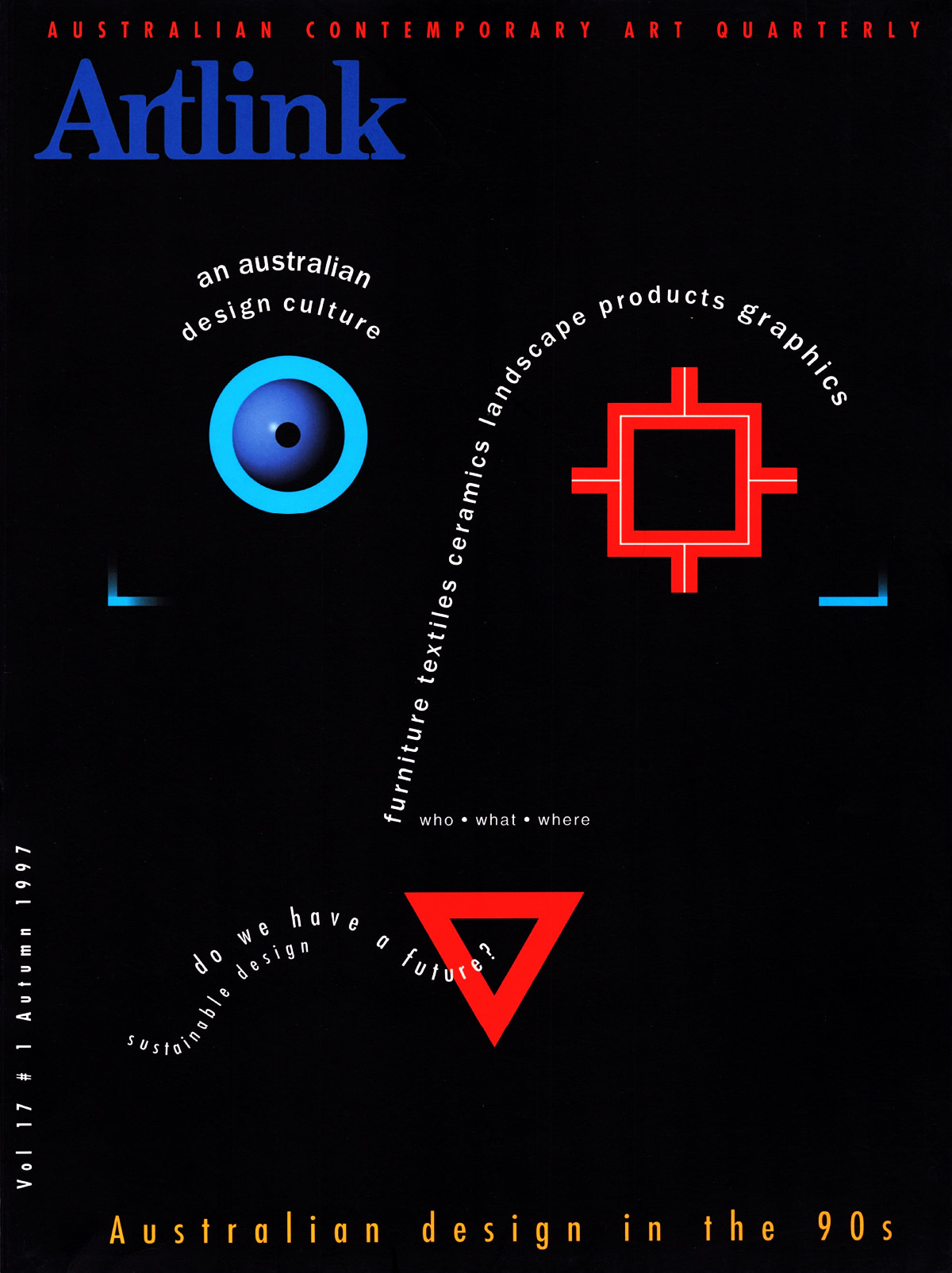
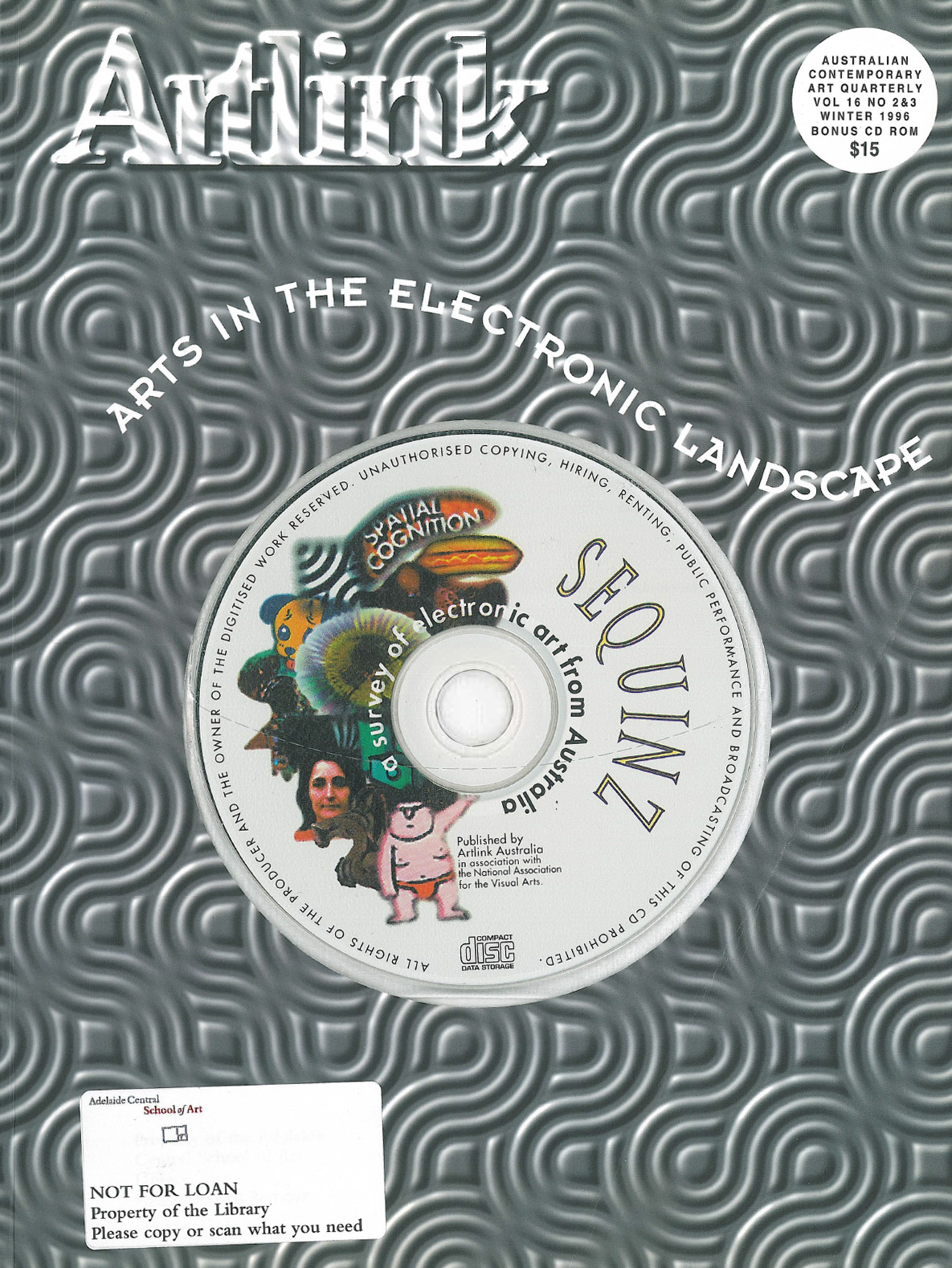
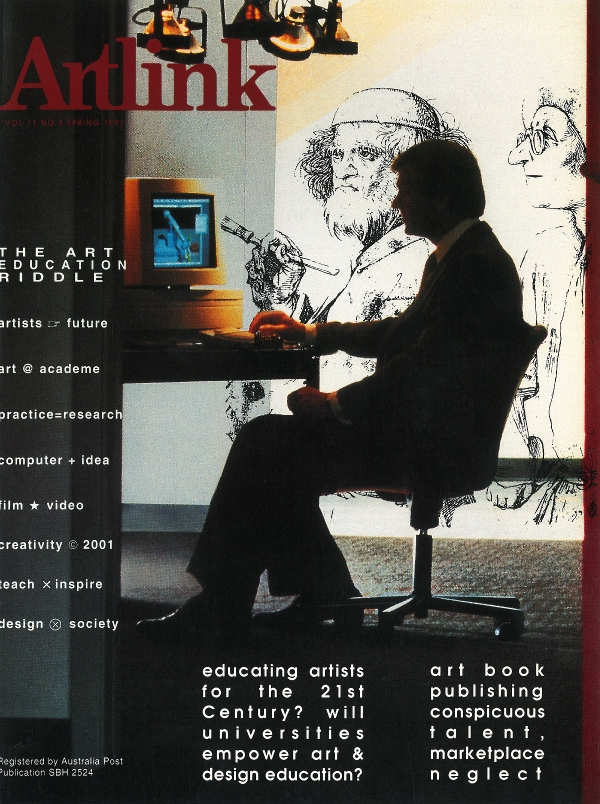
Articles







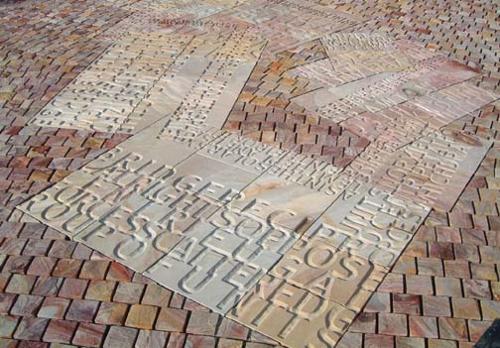

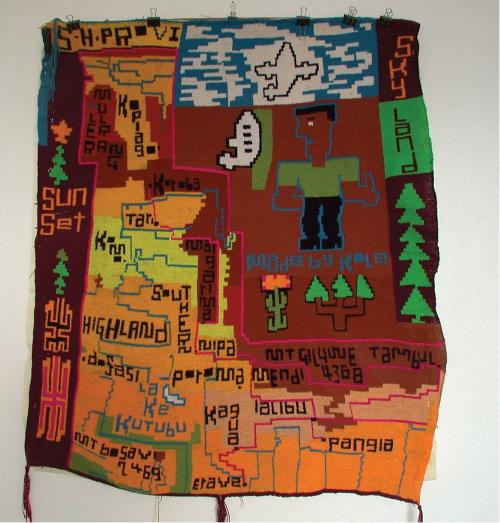





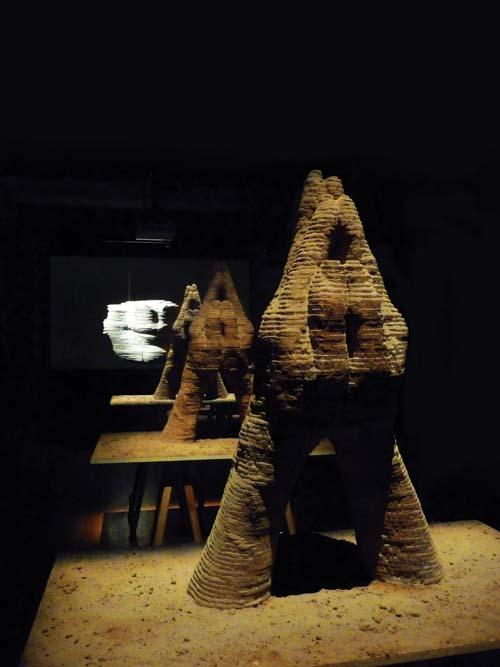


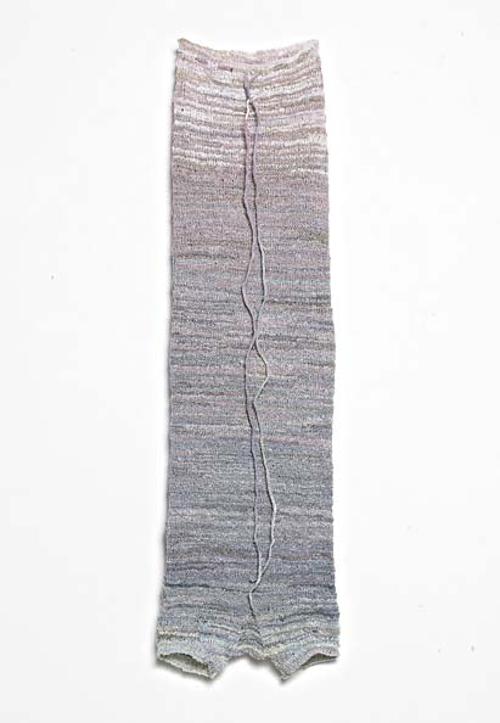









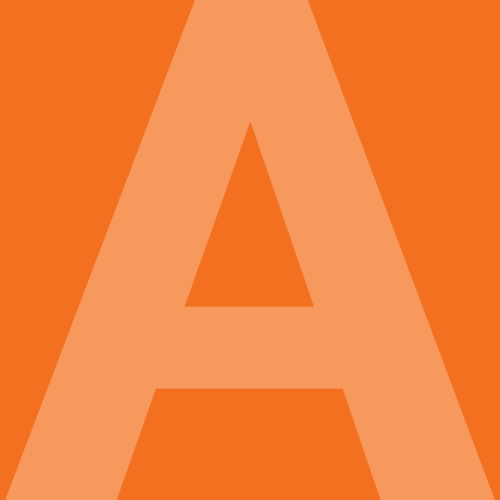
Timothy Morrell provides the reader with a keen description in relation to the role that the art organisation NAVA (National Association for the Visual Arts) has within Australia's government but also the empowerment they claim to provide practicing artists. Morrell also includes some insight towards the rights of the common artworker by presenting some examples as to where they stand within Australian society but also how they operate in co-relation with the governments guidelines and in particular the controversial portrayal of nudity in art. A conclusive article articulating the importance of government organisations such as NAVA, Morrell provides an insightful discussion towards the role of the artist within Australian society but also the co-operation needed from the government to enable a sufficient means of expression from artists.
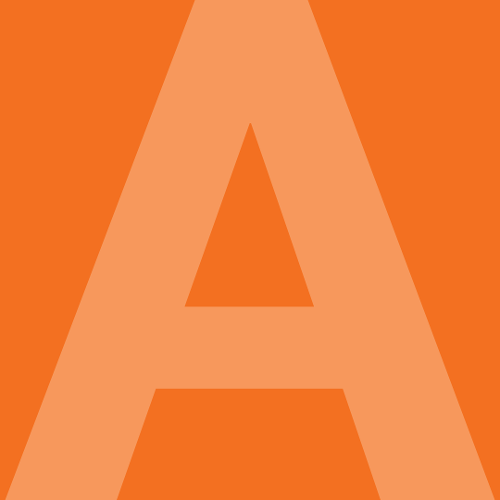
Renowned French curator Catherine David visited Auckland to judge the Walters Prize; she awarded the $50,000 prize to Peter Robinson. John Hurrell artist, curator and blogger of NZ art reviews and critical discussion site eyeCONTACT spoke to Catherine about her curating of the Lyon Biennial which touches down in late 2009, and the relationship between artists and curators.





















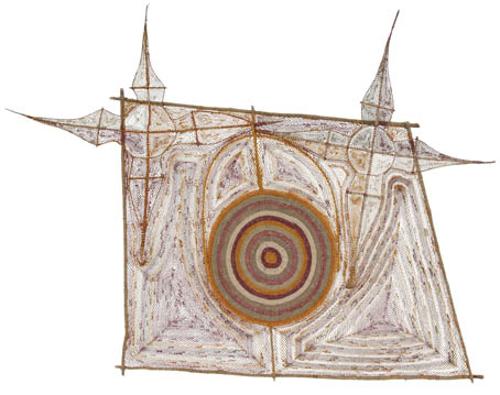

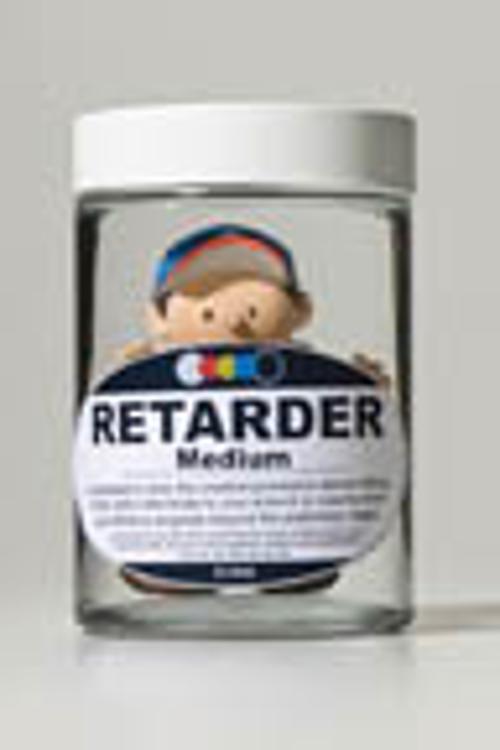
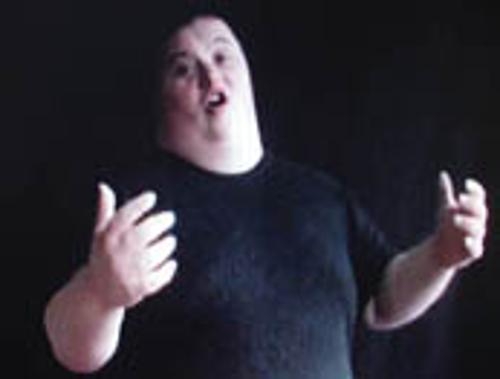

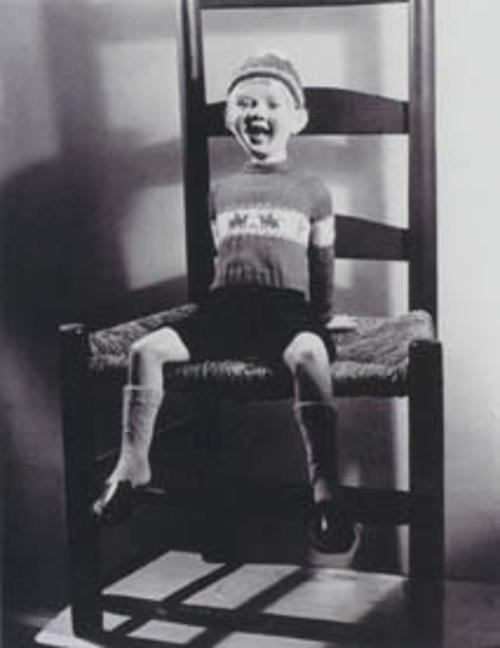

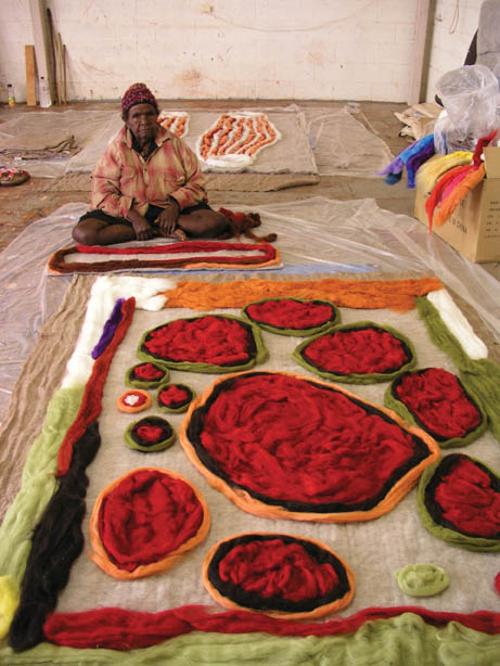













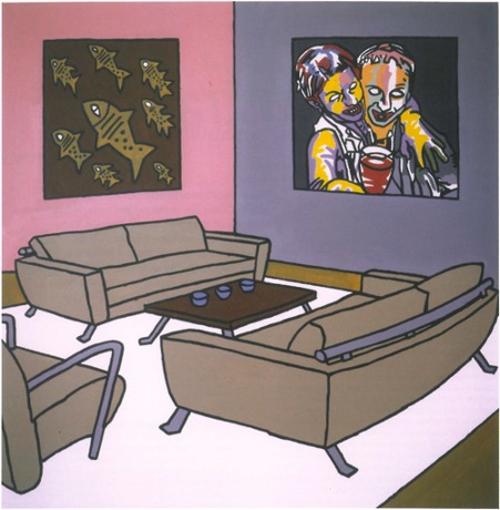


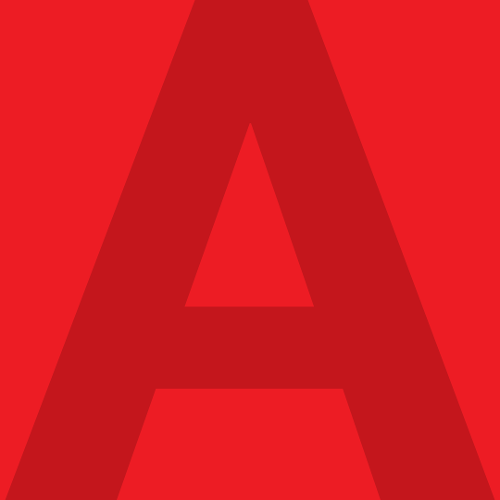
Grishin looks at the earliest teachings of Australian art history in Australian universities, commencing in the year 1946 with gradually diminishing staff and resources in more recent years. This text further examines some of the pressures against and valued roles of Australian art history in education institutions. Key figures referred to are Sidney Dickinson, Bernard Smith, James Mollison, Wally Caruana, Robyn Maxwell, Bea Maddock and William Morris.

